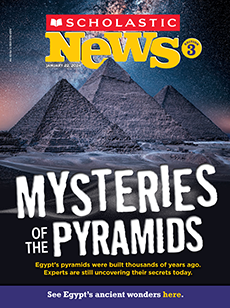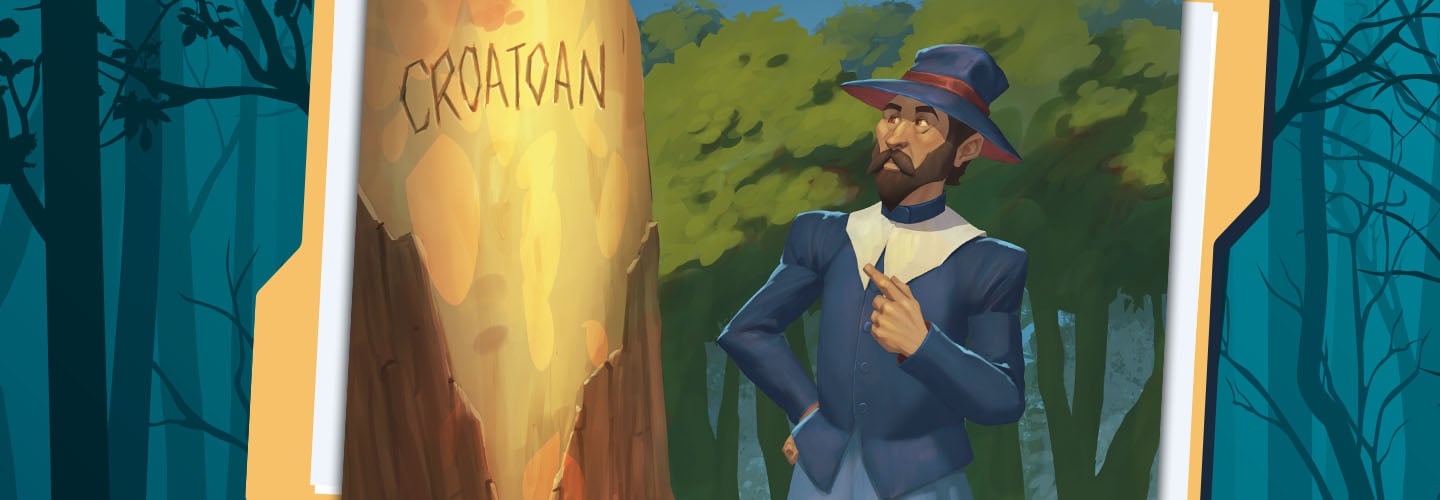It was August 1590. John White had just spent months at sea. Finally, he was back on Roanoke Island, which is now part of North Carolina. White couldn’t wait to see his family and friends. He had left them behind three years earlier. But when White got to their village, everyone was gone!
What happened to the people of Roanoke? Today experts are still trying to solve the mystery.
Researchers like Scott Dawson have spent years scouring the area for clues. Dawson says a recent discovery could finally close the case.
It was August 1590. John White had spent months at sea. Finally, he was back on Roanoke Island. The island is now part of North Carolina. White wanted to see his family and friends. He had left them behind three years earlier. But when White got to their village, everyone was gone!
What happened to the people of Roanoke? Today experts are still trying to solve the mystery.
Researchers have spent years scouring the area for clues. One of them is Scott Dawson. Dawson says a recent finding could finally close the case.

